Lobbying letter template
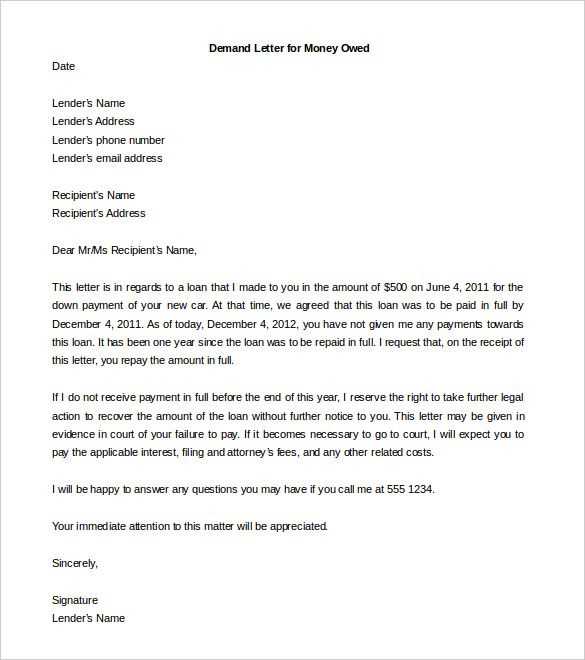
To write a successful lobbying letter, begin by clearly stating your position on the issue at hand. Keep the tone polite, but direct. Clearly define the problem and provide any relevant data or facts that support your stance. Avoid vague language–precision builds credibility.
Be concise and focused. Your letter should have a clear purpose, whether it’s urging action, requesting support, or simply bringing awareness to an issue. Stick to one topic per letter and stay on point, ensuring your message isn’t lost in a sea of unrelated content.
Personalize the letter to the recipient. If possible, reference past interactions or mention the recipient’s known interests or values. Showing that you’ve researched the recipient’s stance or history with the issue can make your letter stand out from generic correspondence.
End with a clear call to action. Tell the recipient exactly what you want them to do, whether it’s voting a particular way, supporting a bill, or meeting with you to discuss the matter further. Be polite but firm in your request.
How to Address the Recipient in a Lobbying Letter
Begin by addressing the recipient with their correct title and name. If you’re writing to a public official, use their formal title (e.g., “Senator,” “Representative,” or “Mayor”) followed by their last name. When addressing someone with a professional designation, like “Dr.” or “Judge,” include that title as well.
Using Proper Titles
If you’re unsure of the recipient’s title, research it beforehand. Avoid generic terms such as “Dear Sir/Madam” unless it is impossible to identify the recipient’s name. Personalization creates a stronger connection and shows respect for the individual’s role.
Including the Correct Honorifics
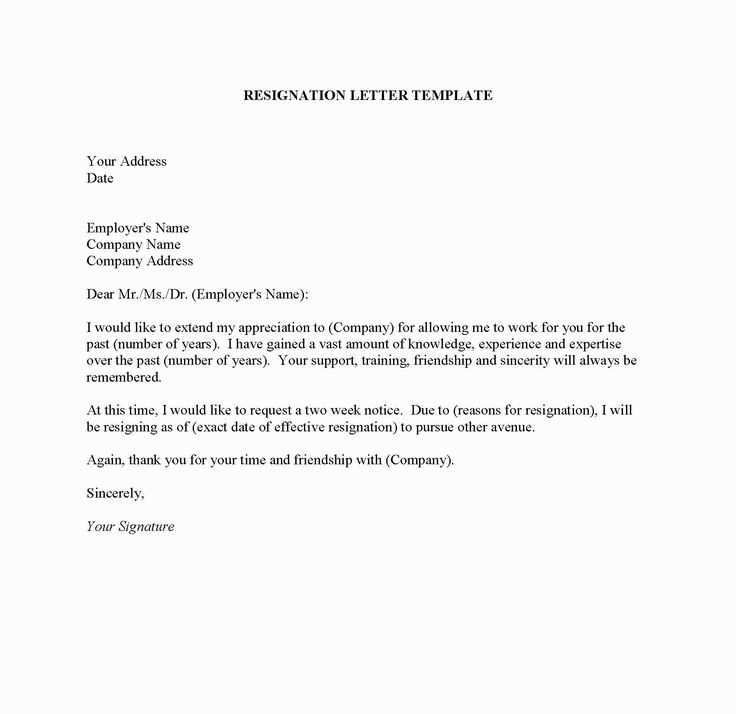
For elected officials or high-ranking individuals, using the appropriate honorific can make a significant impact. For example, “The Honorable” is a common title for members of government. Ensure that you know their exact position and any relevant honorifics before addressing them.
| Recipient Type | Recommended Address |
|---|---|
| Government Official | Dear [Title] [Last Name] |
| Professional (Doctor, Judge) | Dear Dr. [Last Name] or Judge [Last Name] |
| General Business or Corporate Leader | Dear [Mr./Ms.] [Last Name] |
Always use the recipient’s full name if possible, and avoid shortening or using nicknames. This maintains professionalism and conveys seriousness in your communication.
Key Components of a Lobbying Letter
Focus on clarity and brevity when structuring your lobbying letter. Each component should directly support your objective. The following elements are critical:
- Header: Include your name, address, and the date at the top, followed by the recipient’s details.
- Salutation: Address the recipient by their formal title, ensuring accuracy.
- Introduction: Quickly state the purpose of your letter. Mention any previous interactions, if relevant.
- Clear Statement of the Issue: Articulate the issue you are addressing, using clear facts and figures. Focus on the specific point you want to influence.
- Your Position: Explain your stance on the matter, backed with evidence or examples. Be concise and to the point.
- Request for Action: Make your request clear. State what you expect the recipient to do, whether it’s supporting a bill or making a decision.
- Closing: End with a polite yet assertive closing. Reiterate your hope for a positive response and express willingness for further discussion.
- Signature: Sign off with your full name and contact information.
Each section should flow naturally to the next, keeping the tone respectful and professional. Avoid unnecessary jargon and keep the language straightforward to ensure your points are understood clearly.
How to Structure the Content for Clarity
Open with a clear and concise subject line that directly reflects the purpose of the letter. Ensure that the reader understands the issue immediately without needing further explanation. The first paragraph should briefly outline the purpose of your lobbying effort, identifying the issue and your desired outcome.
In the next section, present the key facts that support your stance. Avoid overwhelming the reader with excessive detail; instead, focus on providing relevant data that backs up your argument. Use bullet points for clarity and ease of reading, especially when listing key statistics or actions you want the recipient to take.
Follow up with a section that connects the issue to the recipient’s interests or responsibilities. This helps make the appeal more personal and shows why the reader should care. Be specific about how your request aligns with their goals or obligations.
Conclude with a clear call to action, detailing what you would like the recipient to do next. Use simple language and avoid ambiguity. Close the letter with a polite and professional sign-off, offering to provide further information or discuss the matter if necessary.
Tailoring the Tone and Language for the Audience
Adjust the tone based on who will read your letter. For a formal audience, use a respectful and professional tone, ensuring clarity and precision in your language. A more casual audience may appreciate a conversational and approachable style that engages them without overwhelming them with jargon.
Understand the level of expertise your audience holds. If they are well-versed in the subject, you can use technical terms, but avoid overly complicated phrases. On the other hand, if your audience is unfamiliar with the topic, break down complex ideas into simpler terms and focus on clear explanations.
Take the role of the recipient into account. A letter directed to a decision-maker should be persuasive yet succinct. Offer concrete evidence supporting your position, while avoiding unnecessary fluff. For a general audience, provide enough background information to build understanding without assuming prior knowledge.
Finally, be mindful of the cultural context. In some settings, directness may be valued, while in others, a more diplomatic approach is preferred. Adjust your language to fit the expectations and communication norms of the target audience.
How to Cite Relevant Research or Data in Your Letter
Be specific when referencing research or data. Include the name of the study or report, the author(s), and the publication date. Provide a brief summary of the data and how it supports your argument. If possible, link to or attach the source directly. For example, “According to a 2023 report by XYZ Institute, the implementation of renewable energy policies led to a 20% decrease in local air pollution.” This helps strengthen your position and gives your claims credibility.
When citing data, ensure it is from a reliable, authoritative source. Peer-reviewed journals, government studies, and reports from respected organizations carry more weight than anecdotal evidence or personal opinions. Make sure the data is current, as outdated information can undermine the effectiveness of your argument.
For in-text citations, use a consistent format such as APA, MLA, or Chicago style, depending on the expectations of the recipient. In a letter, this can be as simple as stating the source’s name and date, with an optional reference list at the end of the letter.
Common Mistakes to Avoid in Lobbying Letters
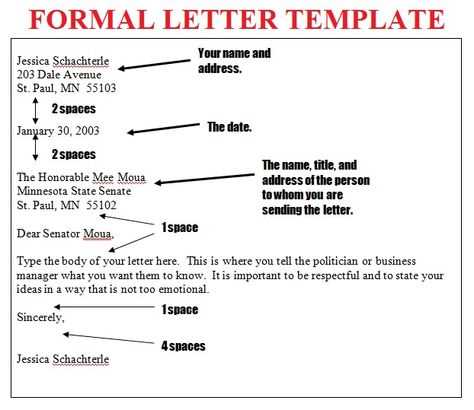
Keep your language clear and concise. Avoid overly complex or technical terms that could confuse the reader. Stick to straightforward language that directly communicates your message and request.
1. Lack of Specificity
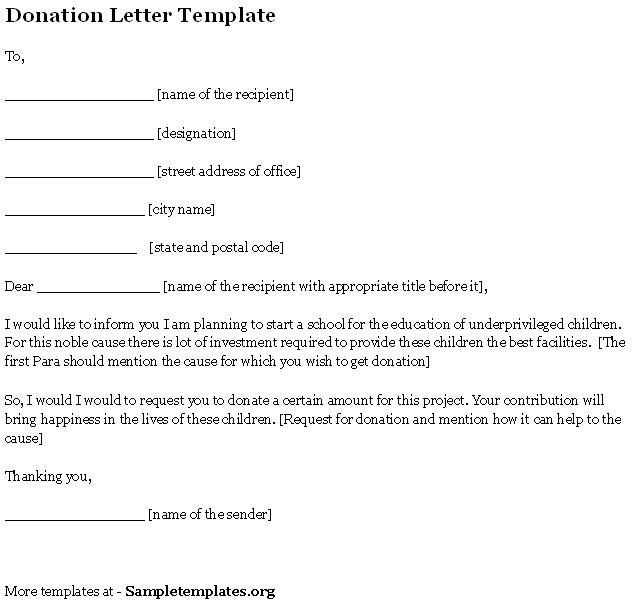
Vague statements or unclear asks weaken your position. Be specific about what you want and how it will benefit both the recipient and your cause. Mention concrete actions you would like them to take and the desired outcome.
2. Ignoring the Recipient’s Priorities
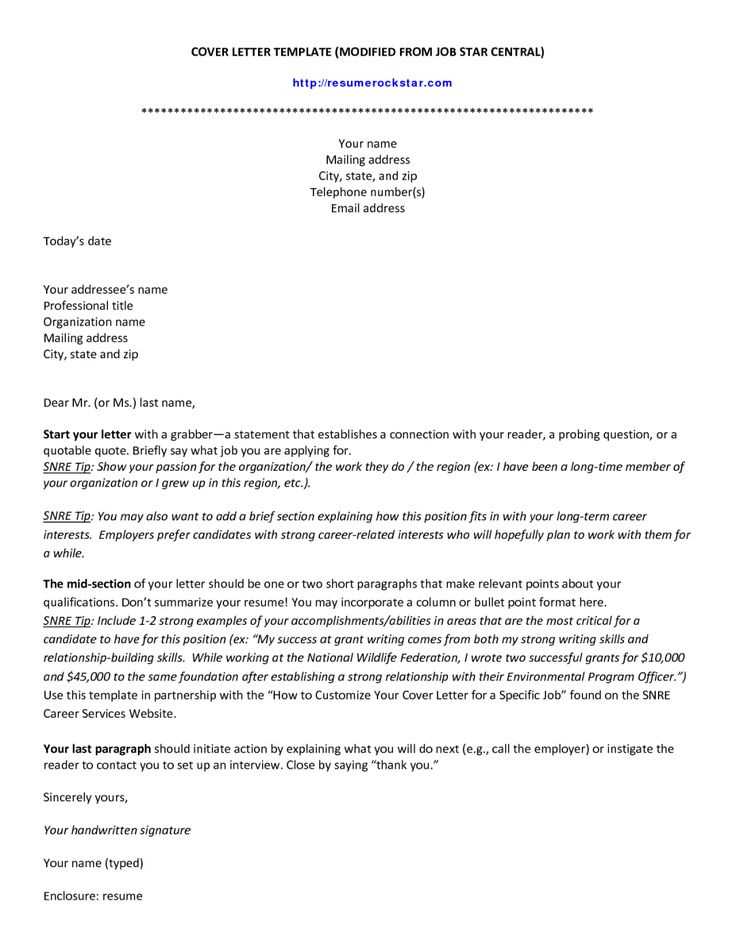
Understand the recipient’s values and concerns. Tailor your letter to show how your issue aligns with their goals. Failing to address what matters to them may result in your letter being overlooked.
Make sure your request is realistic and well-reasoned. Overly ambitious or unattainable demands can damage credibility. Frame your position in a way that acknowledges potential challenges and offers practical solutions.